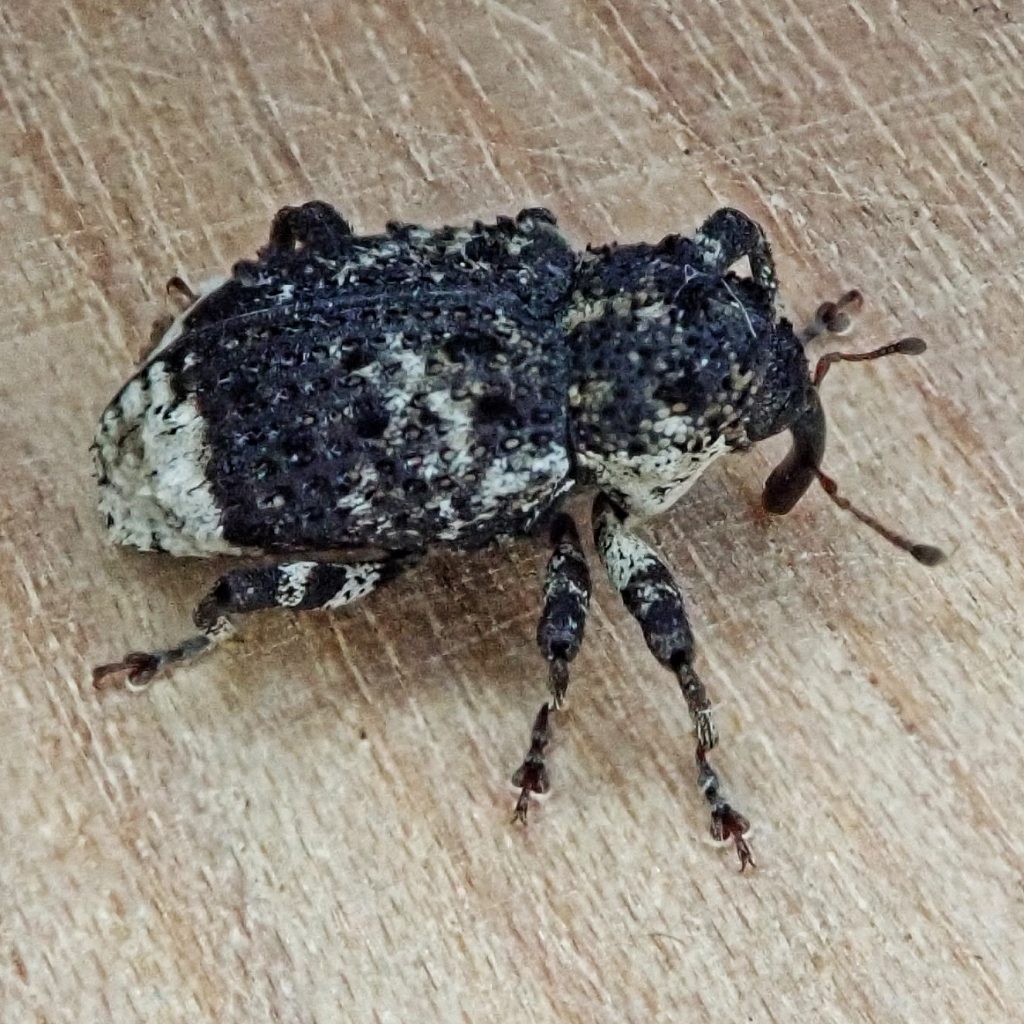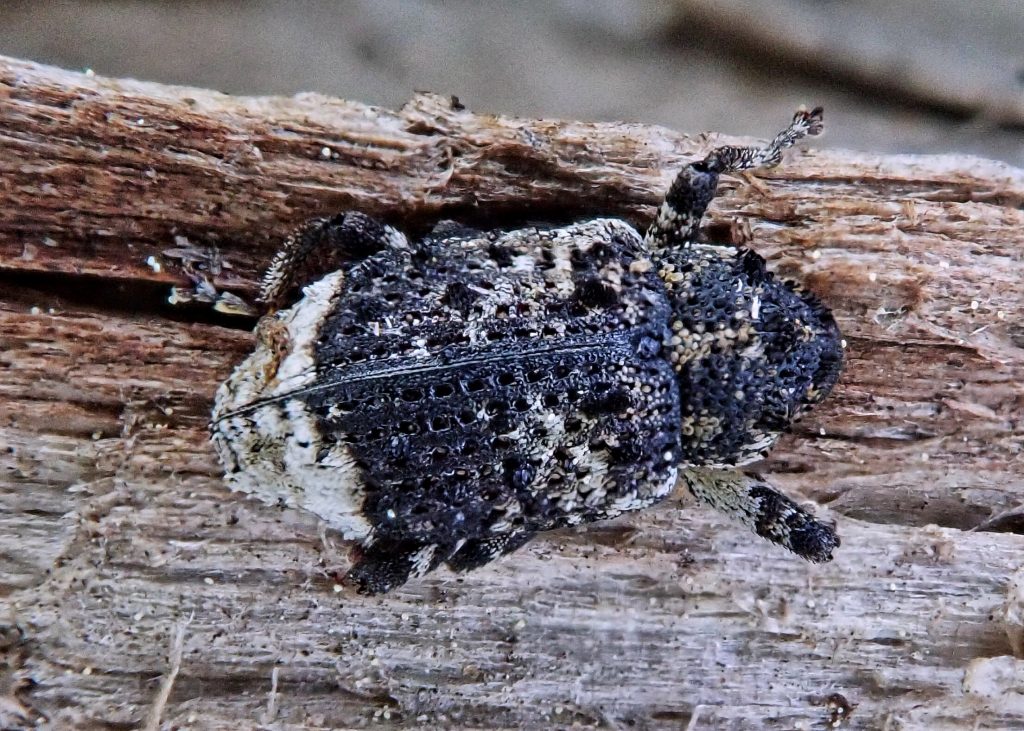
I just never get to see enough dung imitating bugs, and the ones that imitate bird poop, like the weevil (Curculionidae) Cryptorhynchus lapathi, are my favorites. Imitating something that is antithetical to food just seems so clever, even though I know that the evolutionary forces at work are purely a numbers game, and have nothing to do with any choices on the part of the creatures themselves. It just shows what an elegant and adaptable system natural selection is, and, if there was a god, that is undoubtedly how it would choose to diversely populate a planet.
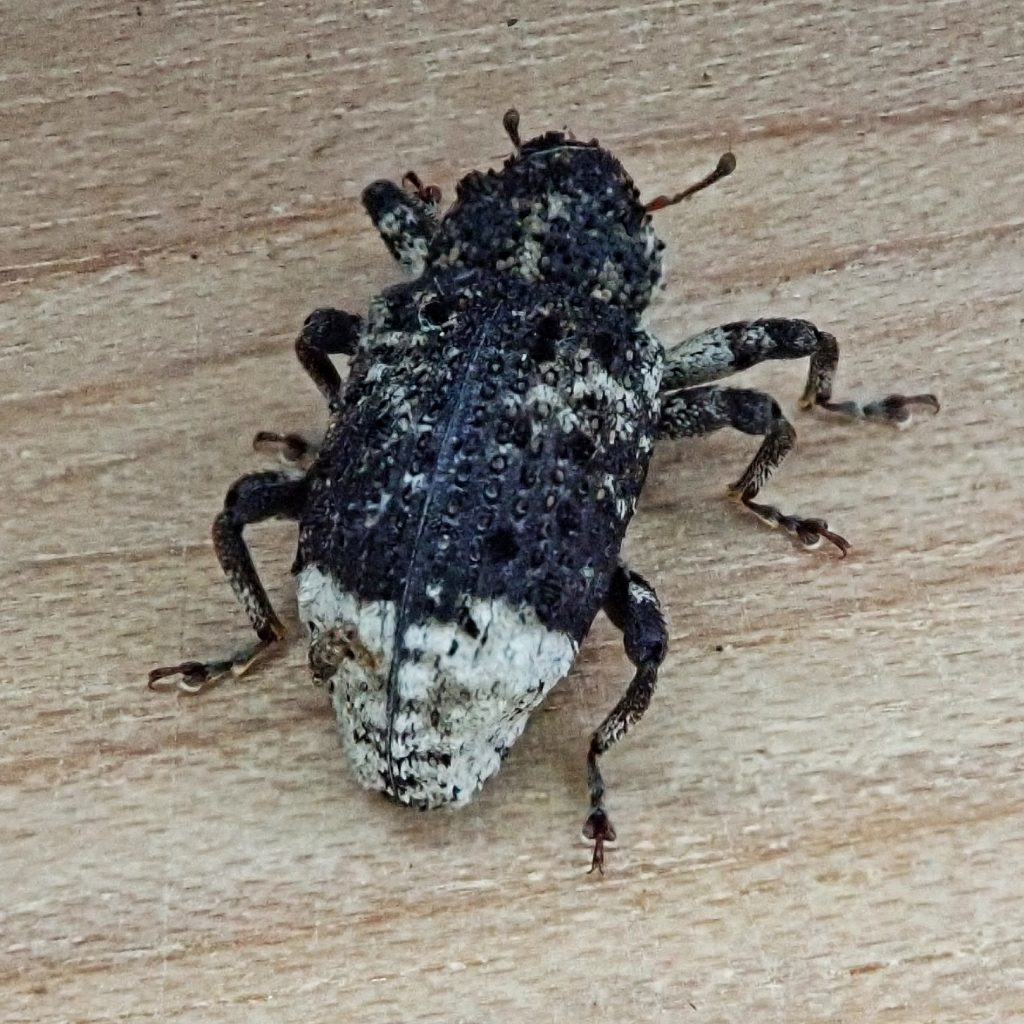
Not everyone loves Poplar-and-willow Borers as much as I do. Folks trying to grow willows for basketry and wicker, or poplars as windbreaks and pulp, and foresters trying to stabilize stream banks and slopes with fast growing willows, find these bugs to be detrimental to their cause, because the adults and larvae often girdle trunks and limbs by eating the bark and cambium, which kills the tree upward/outward from that point. Later instars of larvae bore into the wood, weakening the trees directly, and the galleries the larvae produce make the trees prone to further attacks by bark beetles and clearwing moths, and infection by various fungi.
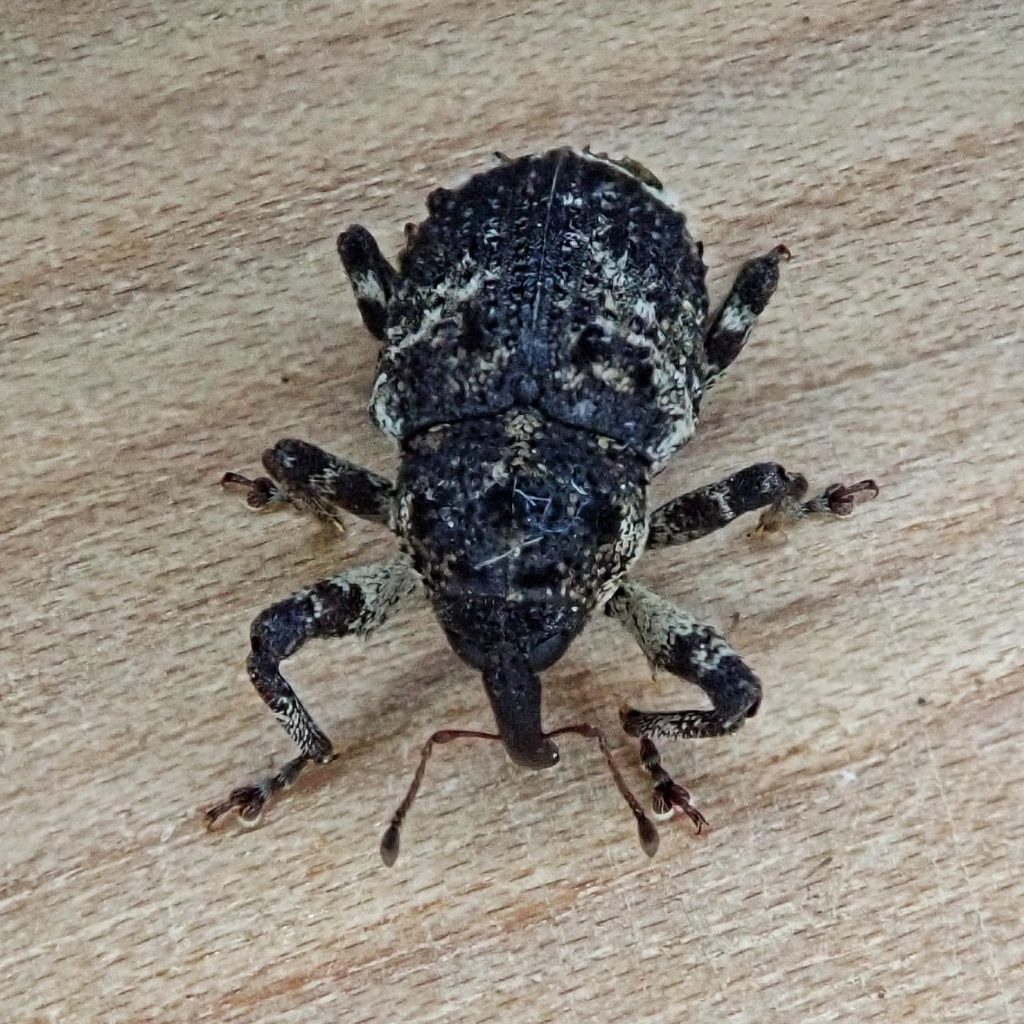
It is not known for certain whether these weevils were introduced from Eurasia, or whether they already had a Holarctic distribution. It is clear that they are rapidly expanding their range in North America, which gives creedence to the idea that they are non-native. But it is definitely possible that they were already here naturally, that their numbers are increasing because of the farming of their preferred food sources, and that their range is expanding because of the human transport of infested trees into areas where the little weevils hadn’t managed to transport themselves.
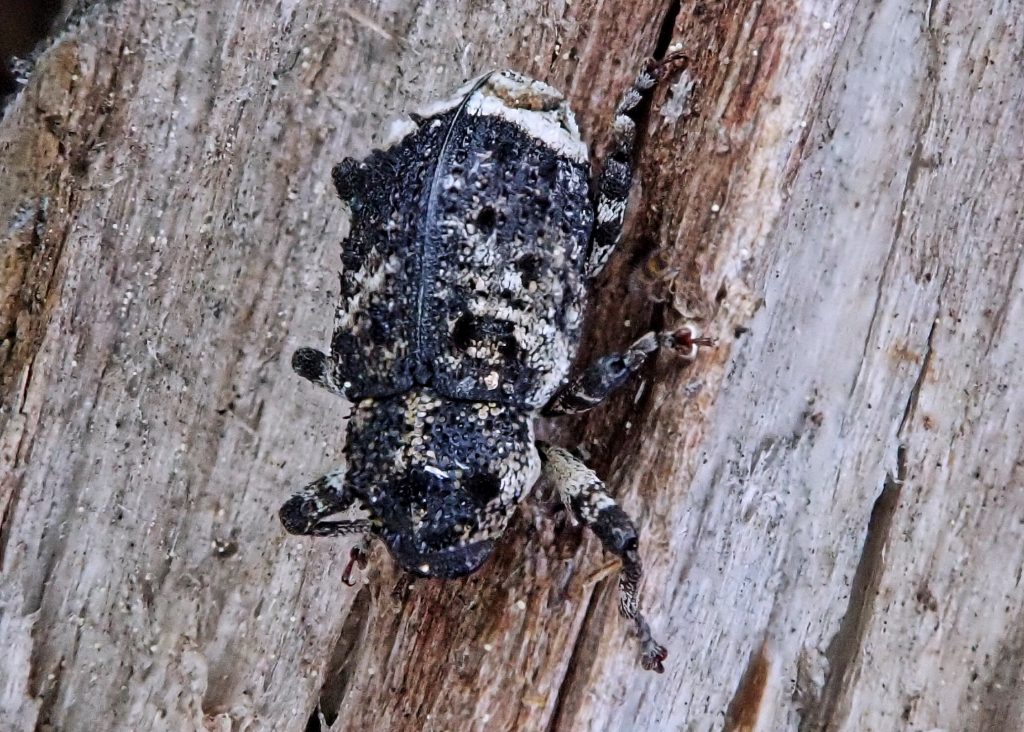
I found this little poop impersonator in May of 2020 on a large log that lay between my mothing lights and a large area of willows at South Prairie, a seasonal marsh near the Big Lava Bed in Skamania County, Washington. Actually there were two, but the first one I tried to photograph did that ‘playing dead’ thing weevils are so adept at, and simply fell into the surrounding brush. This one evidently felt less threatened by me, and kept strolling along the log. These weevils can fly, but seem reluctant to do so, and are not known as frequent visitors to UV lights, so it was probably just that I had invaded their territory.
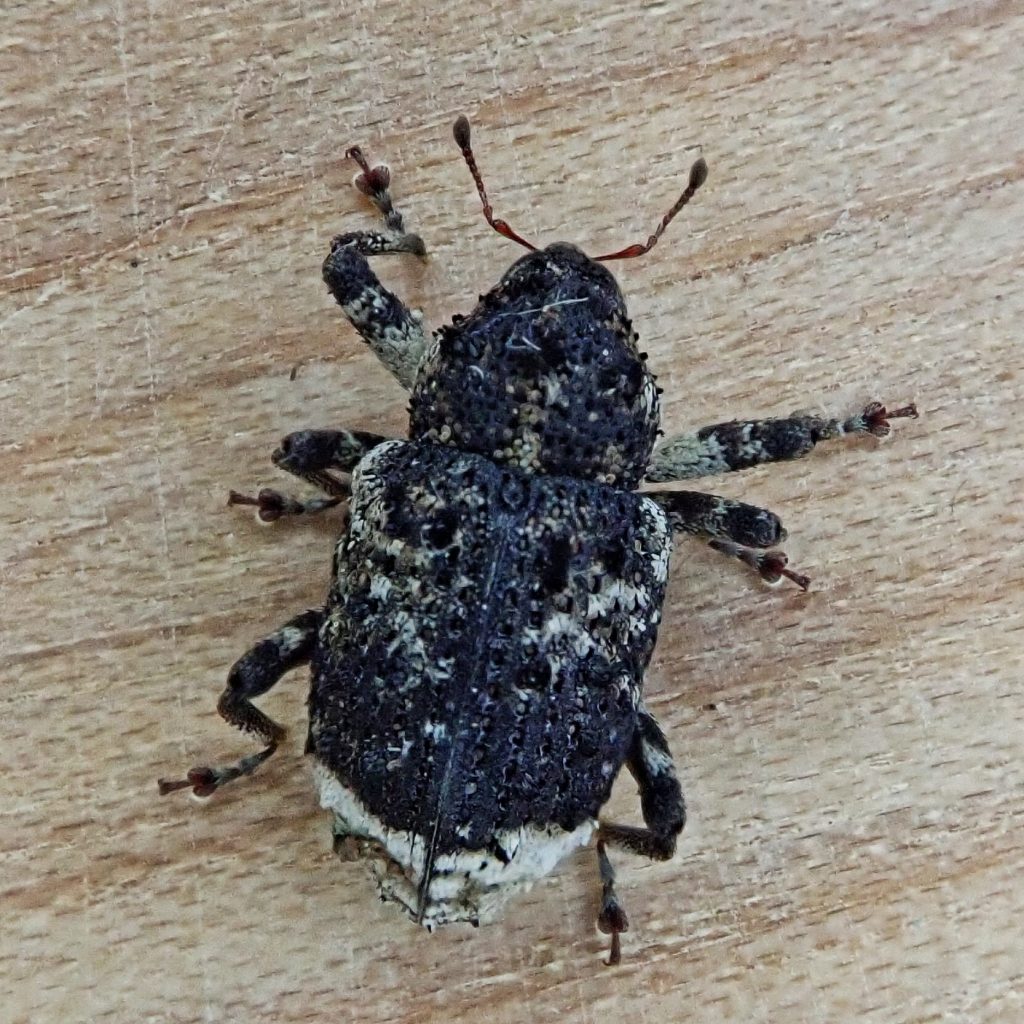
Description– Small (5.5-8.4mm long) mostly black weevil with somewhat irregular patches of white, yellow, or pink at the margins, apex , and shoulders of the elytra; has raised tufts of black hairs on the elytra and pronotum; often carries its snout hidden between its front legs.
Similar species-There is really nothing that is very similar in our region.
Habitat-Wherever there are willows, poplar, alder, or birch.
Range-Northern Northern Hemisphere, and very possibly a European introduction; region wide in appropriate habitat.
Eats-Larvae are stem miners of willows, poplar, alder, and birch; adults feed primarily on the cambium.
Eaten by-Probably insectivores of all classes; larvae are parasitized by the Ichneumon wasps Bracon cryptorhynchi, Dolichomitus populneus, and D. tuberculatus, and the nematodes Steinernema carpocapsae and S. feltia.
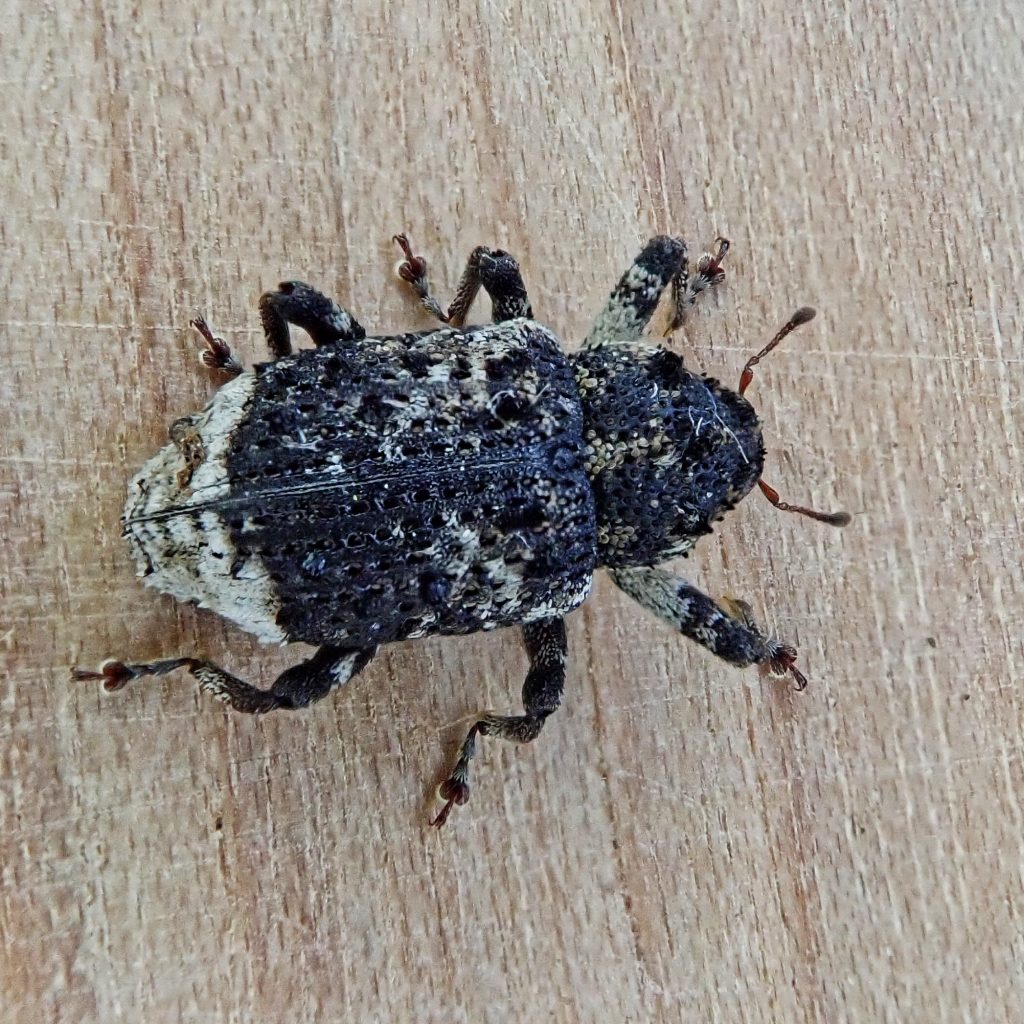
Adults active-April through September
Life cycle-Eggs are laid on bark, often of the female’s natal tree, in late summer/early fall, and they hatch in 18-20 days; early instars mine the bark, later instars bore into the wood; overwinters as larvae the first year, and as adults the second year; pupation lasts about 2 weeks, and occurs in mid summer; may live up to three years.
Etymology of names–Cryptorhynchus is from the Greek words for ‘hidden snout’, which refers to members of this genus holding their snout between the bases of their front legs. The specific epithet lapathi seems to be from the Latin word for ‘sorrel’, which may be because of Linnaeus was told that the adults were found on Rumex sp. However, there seems to be little to no evidence that adults or larvae feed on anything except willows, poplar, alder, and birch.
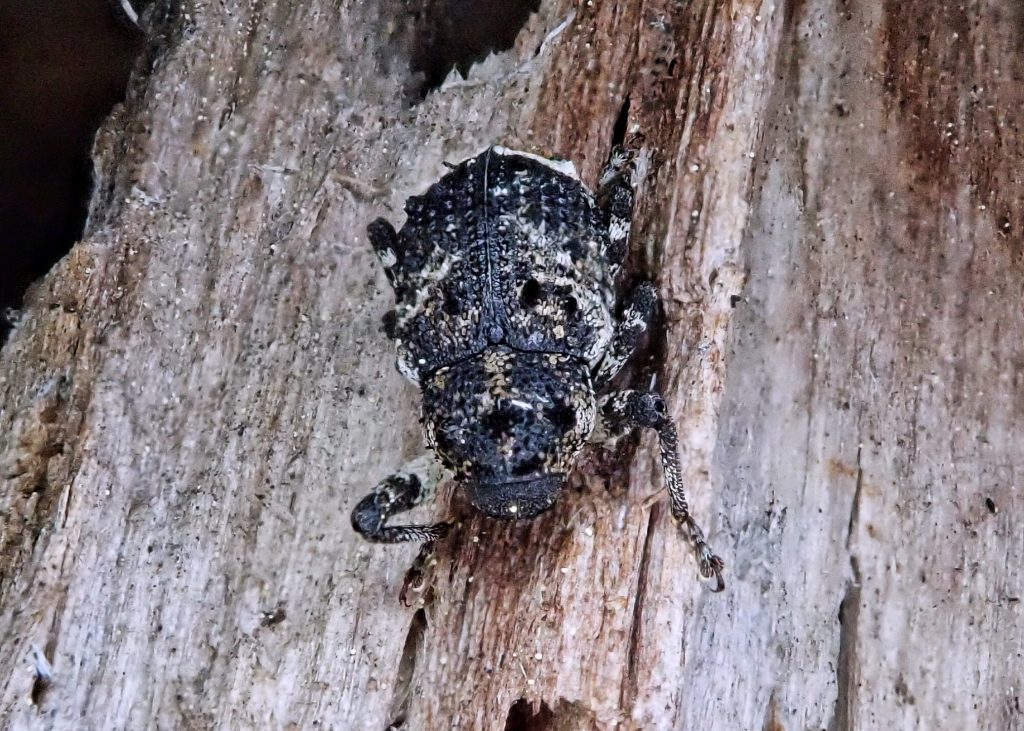
https://bugguide.net/node/view/17054
https://www.jstor.org/stable/27571103
https://wiki.bugwood.org/Archive:Poplar/Cryptorhynchus_lapathi
http://ipm.ucanr.edu/PMG/GARDEN/PLANTS/INVERT/poplrwilborer.html
